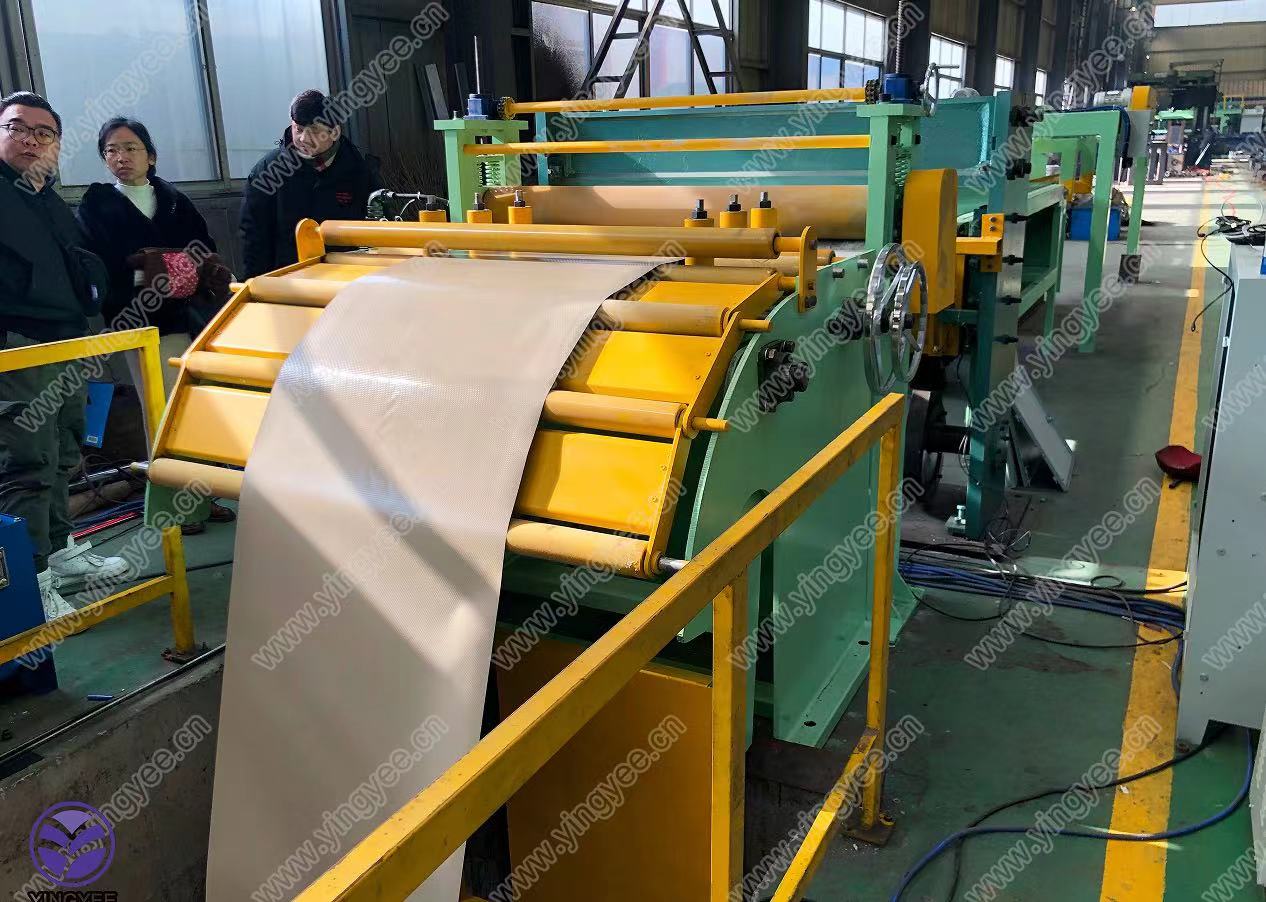
The Evolution and Importance of Roll Forming Machinery
Roll forming machinery has become an indispensable part of modern manufacturing, especially in the production of metal components. This innovative process involves the continuous bending of a long strip of sheet metal into desired shapes, which are often essential in various industries such as construction, automotive, and appliance manufacturing.
The roll forming process begins with a flat metal strip, usually made of steel, aluminum, or other malleable metals. This strip is fed through a sequence of rollers, each designed to gradually shape the metal into the final desired profile. The rollers are set in a series of stands, and as the metal passes through, it is bent and shaped without any cutting or welding, allowing for efficient production of long lengths of formed metal profiles. The precision and efficiency of roll forming make it a preferred method for creating components like roofing, door frames, and channel beams.
One of the most significant advantages of roll forming machinery is its cost-effectiveness. Once set up, the machinery can run continuously, producing parts at high speeds with minimal waste. This not only leads to lower material costs but also improves overall productivity. Additionally, because the process is highly customizable, manufacturers can create a wide variety of shapes and sizes to meet specific client requirements, enhancing versatility in production.

Technological advancements have significantly enhanced the capabilities of modern roll forming machinery. Automation and computer numerical control (CNC) technologies have introduced increased precision and flexibility in the manufacturing process. Manufacturers can design complex profiles with intricate designs that were previously challenging to create. Modern machinery also allows for quick changeovers between different product designs, enabling companies to respond rapidly to market demands.
The roll forming industry is also incorporating sustainable practices in machinery design and operation. Energy-efficient motors and systems are being integrated to minimize power consumption. Furthermore, manufacturers are exploring the use of recycled materials in the roll forming process, contributing to a more sustainable manufacturing environment.
However, like any advanced technology, roll forming machinery comes with its challenges. The initial cost of purchasing and setting up machinery can be significant, especially for small to medium-sized enterprises. Additionally, maintaining and operating sophisticated machinery requires skilled labor, which can be a barrier for some companies.
In conclusion, roll forming machinery plays a pivotal role in contemporary manufacturing, providing numerous advantages in cost, efficiency, and versatility. As technology continues to evolve, the roll forming industry is likely to witness further enhancements, making this process even more integral to various sectors. As manufacturers strive for greater sustainability and efficiency, roll forming will remain a cornerstone technology, propelling innovation and growth in metal component production. With its unique capabilities and ongoing advancements, roll forming is set to thrive in the ever-evolving landscape of manufacturing.